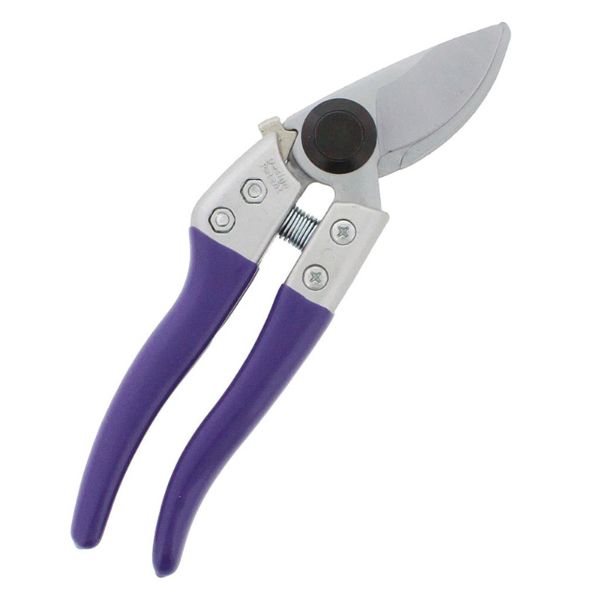How to Thin Apple Trees
Thinning an apple tree involves selectively removing some of the developing fruits to promote better growth, improve fruit quality, and prevent overbearing. Here's a step-by-step guide on how to thin an apple tree:
Timing: Thinning should be done when the apple tree has reached the "June or July drop" stage. This is typically around 4 to 6 weeks after the tree has finished blooming, usually in late spring or early summer. At this stage, the tree naturally drops some of its excess fruit.
Assess the tree: Examine the branches and evaluate the fruit clusters. Look for clusters with multiple apples that are close together or have uneven spacing. Also, identify any damaged or misshapen fruits.
Choose the right fruits to thin: Select the fruits to thin based on size, spacing, and overall health. Aim to keep the largest, healthiest-looking apples with good spacing between them. Remove the smaller, weaker, or damaged fruits.
Thin the fruits: Using small pruners, gently remove the selected fruits by snipping them off. Take care not to damage the remaining fruits or branches.
Spacing considerations: Leave an appropriate distance between the remaining fruits to allow for proper growth and airflow. A general guideline is to leave about 4 to 6 inches (10 to 15 cm) between each apple. However, this spacing may vary depending on the apple tree variety.
Maintain balance: Thinning should be done evenly across the tree, considering both horizontal and vertical spacing. Aim for an even distribution of remaining fruits throughout the canopy to avoid overburdening specific branches.
Dispose of removed fruits: Collect the thinned fruits and dispose of them properly. You can add them to compost or discard them in a way that prevents any potential pest or disease issues.
Post-thinning care: After thinning, monitor the tree for any signs of stress or disease. Provide adequate water, nutrients, and general care to support the remaining fruits' healthy growth.
Thinning helps ensure that the apple tree allocates its resources more efficiently, resulting in larger, higher-quality fruits. It also helps prevent branches from breaking due to excessive fruit weight and promotes better airflow, reducing the risk of fungal diseases. Remember that specific apple tree varieties may have unique thinning requirements, so consult any variety-specific recommendations or consult with a local horticulturist for tailored advice.
Our selection of pruning tools will help you keep your landscape flourishing.
- Article Categories:
- How To Grow
- Spring Gardening
- Summer Gardening












































